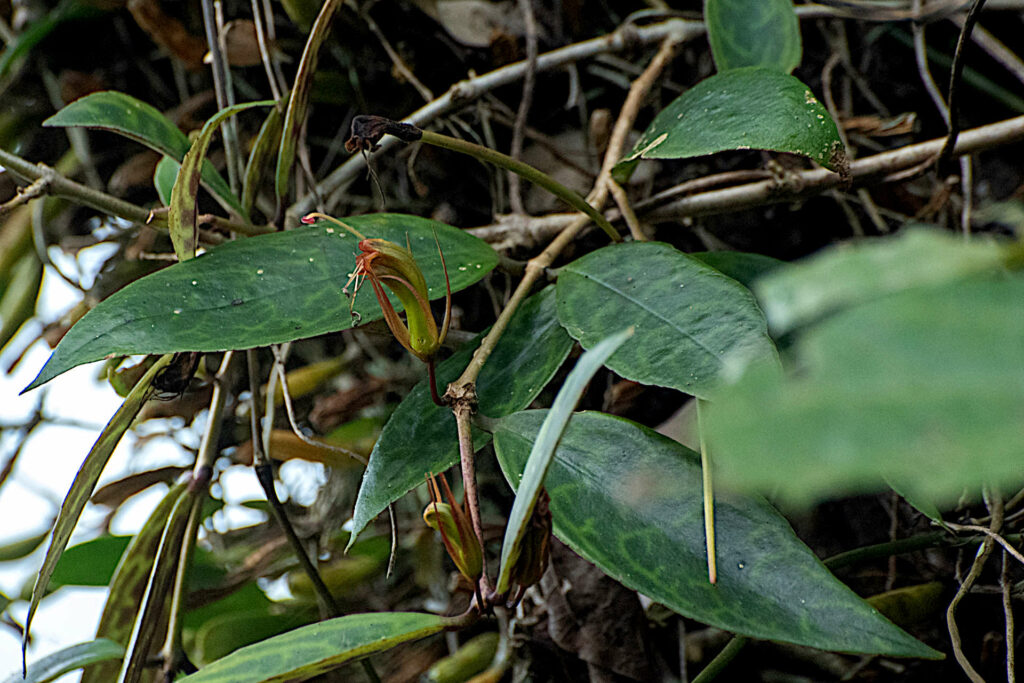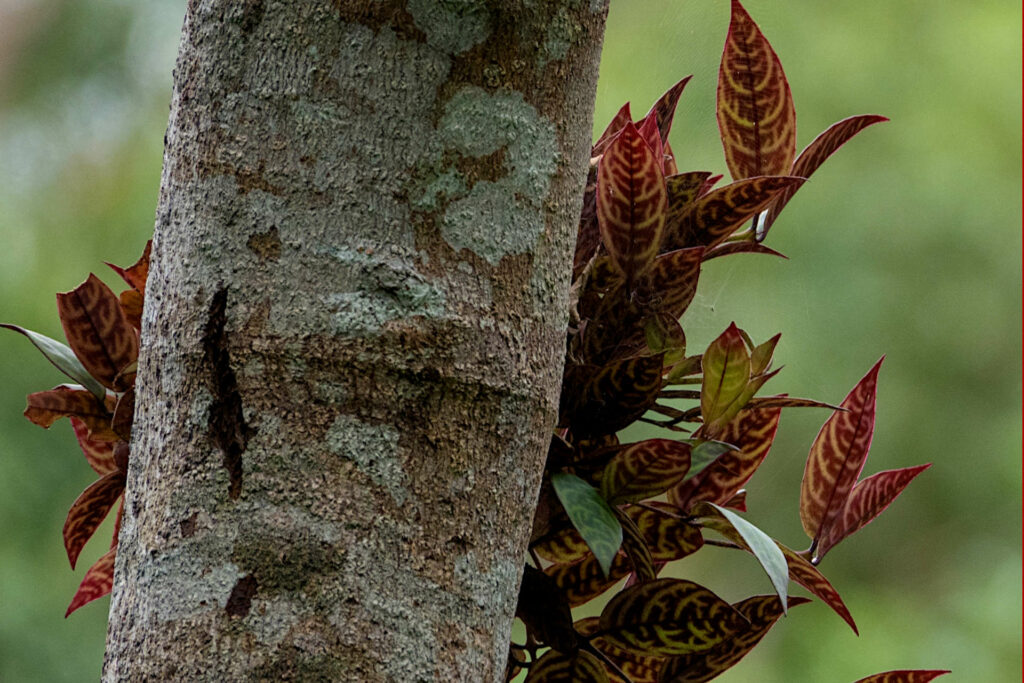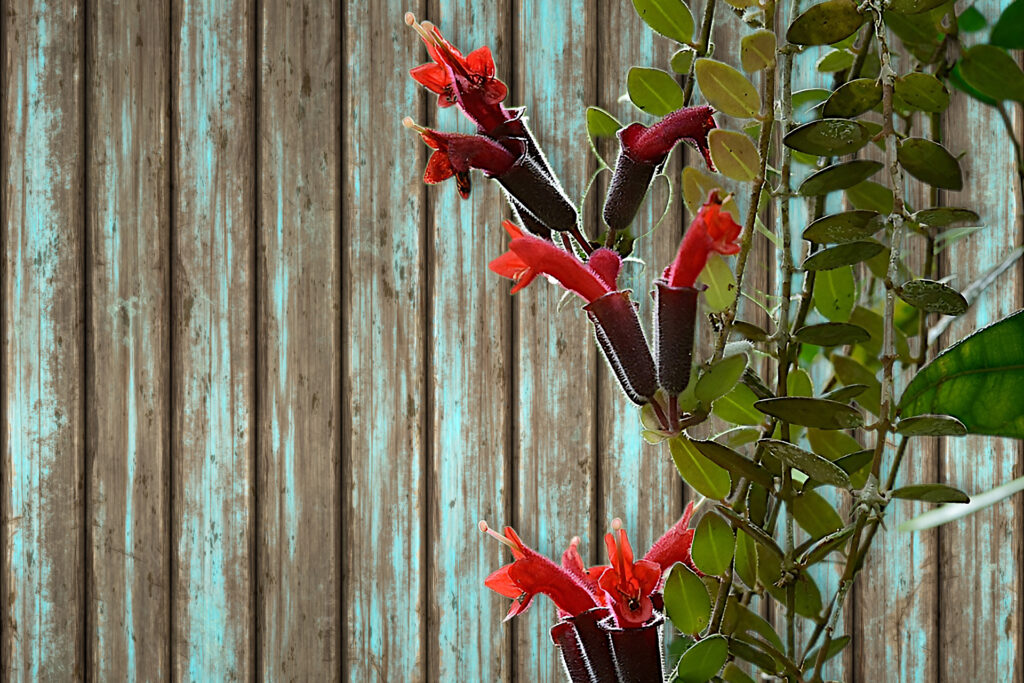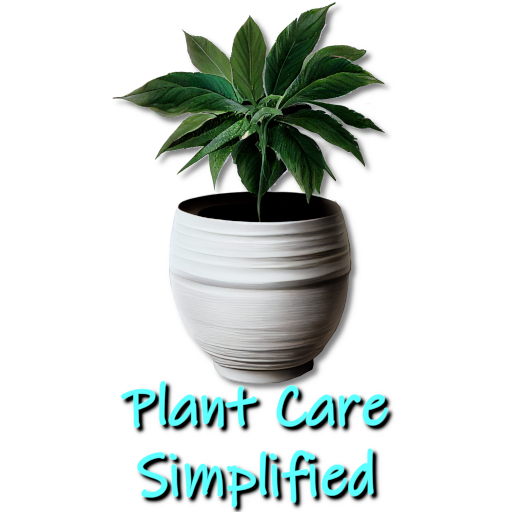The Origins and History of the Lipstick Plant: From Southeast Asia to Your Home
Kim is passionate about helping people create beautiful, healthy indoor spaces that are filled with plants. Kim believes that plants make us happier, healthier human...
The Lipstick plant (Aeschynanthus) is a stunning tropical plant that adorns many a house or living space in Europe and America because of its stunning appearance and unique flowers. It features unique leaves with wonderful shades of green and variation, depending on the variety, and long, trailing stems that produce dazzling red tubular flowers that resemble tubes of lipstick.
In addition to its beauty, the Lipstick plant is generally easy to grow and care for, making it a great choice for adding a splash of color and exotic beauty to any home. But how did this tropical plant get from the rainforests of places like Indonesia into everyday homes?
Below, we will unpick the origins, natural habitat, and history of the lipstick plant as a houseplant. You will also discover how it got its name and how it ended up becoming a popular plant in Europe. Read on to find out more about this amazing tropical plant.
Origins, Natural Habitat, and History of Lipstick Plant (Aeschynanthus)

Lipstick plant (Aeschynanthus) is a genus of flowering plants that belong to the family Gesneriaceae, which includes other popular houseplants such as African violets, gloxinias, and streptocarpus. The name Aeschynanthus comes from the Greek words for “shame” and “flower,” referring to the hidden nature of the blooms. The common name Lipstick plant, on the other hand, comes from the appearance of the bright red tubular flowers that emerge from dark maroon buds, resembling tubes of lipstick.
Lipstick plants originate from the tropical areas of Southeast Asia, where they grow as epiphytes or lithophytes on trees or rocks. They are adapted to the warm, humid, and shady conditions of the rainforest, where they receive filtered light and moisture from the air. Lipstick plants have thick, waxy leaves that store water and nutrients and long, trailing stems that can reach up to 3 meters in length
Origins and Natural Habitat of Lipstick Plant
Lipstick plants are native to the tropical regions of Southeast Asia, where they grow as epiphytes or lithophytes on trees or rocks. Epiphytes are plants that grow on other plants without harming them, while lithophytes are plants that grow on rocks or stones.
Lipstick plants grow in the warm, humid, and shady conditions of the rainforest, where they receive filtered light and moisture from the air. They have thick, waxy leaves that store water and nutrients and long, trailing stems that, as we have mentioned, can extend 3 meters in length and beyond.
Lipstick Plants are Epiphytes

Epiphytes are plants that grow on other plants without harming them. They use their host plants as a support and a source of moisture and nutrients. They do not have roots in the soil, but they have special structures that help them attach to the host plant and absorb water and minerals from the air. Some examples of epiphytes other than Lipstick plants include orchids, bromeliads, ferns, and mosses.
Being epiphytes, Lipstick plants grow on trees or other plants in their native environments without damaging the hosts. As a plant Lipstick plants are adapted to the warm, humid, and shady conditions of the rainforest, where they receive filtered light and moisture from the air.
Translating Native Growing Conditions Into Domestic Environment
This means that you can easily translate these growing conditions into domestic environments. As a plant, they do not need much soil, but they need a well-draining potting mix that contains peat moss, perlite, bark, or sand. You can also add some charcoal or orchid bark to mimic the natural habitat of epiphytic plants.
Lipstick plants need high humidity, which you can provide by misting them daily, placing them on a tray of pebbles and water, or using a humidifier. You can also group them with other tropical plants to create a humid microclimate. They also need regular watering, but you should let the top inch of soil dry out between waterings. You should also feed them with a balanced fertilizer every two weeks during the growing season.
Most Lipstick plant varieties are very adaptable and can be grown in hanging baskets, pots, or trained to grow on trellises, and they can bloom throughout the year with proper care.
Lipstick Plant Species
There are over 150 different species of lipstick plants, with new varieties being discovered all the time, with some botanists suggesting that the number of species is close er to 185. They are found are found in countries such as Indonesia, Malaysia, Philippines, Thailand, Vietnam, China, India, and Sri Lanka. They grow in various habitats, such as lowland forests, montane forests, cloud forests, limestone cliffs, and riverbanks. They are often associated with other epiphytic plants, such as orchids, ferns, mosses, and bromeliads.
Lipstick plants are pollinated by insects and birds, especially sunbirds and hummingbirds, that are attracted by their colorful flowers and sweet nectar. The flowers have a special mechanism that ensures cross-pollination: when a bird inserts its beak into the flower tube, a lever-like structure pushes the anthers (male parts) against the bird’s head or neck, depositing pollen on it. When the bird visits another flower of the same species, the stigma (female part) receives the pollen, and fertilization occurs.
Lipstick plant seeds come produce small capsules that contain many tiny seeds. The seeds are dispersed by wind or water or by animals that eat the capsules. The seeds can germinate on any suitable surface that provides enough moisture and organic matter.
History of Lipstick Plant as a Houseplant
Lipstick plants were first introduced to Europe in the 19th century by botanists and explorers who collected specimens from their native habitats. They were initially grown in greenhouses or conservatories, where they could enjoy similar conditions as in the tropics. They were also admired for their exotic beauty and unusual flowers.
Popular Lipstick Pant Varieties as Houseplants

However, lipstick plants did not become popular as houseplants until the 20th century, when new cultivars and hybrids were developed by breeders and hobbyists. These new varieties had improved characteristics, such as larger flowers, longer blooming periods, more compact growth habits, and different colors and patterns. Some of the most popular cultivars and hybrids are:
- Red lipstick plant (Aeschynanthus radicans): This is one of the oldest and most widely available species of lipstick plant. It has dark green, oval-shaped leaves and bright red flowers that bloom from June to September. It is also known as basket vine or scarlet basket vine.
- Black Pagoda lipstick plant (Aeschynanthus longicaulis), Generally referred to as the Black or zebra vine, this cultivar of the Aeschynanthus genus has eye-catching foliage and pink and coral flowers. The flowering season is usually extended over several weeks with the possibility that they can flower multiple times a year.
- Curly lipstick plant (Aeschynanthus radicans ‘Curly’) is another cultivar of Aeschynanthus radicans that has curly, twisted leaves and red flowers. Another similar variant is the Rasta lipstick plant or Wavy lipstick plant.
- Tangerine lipstick plant (Aeschynanthus radicans ‘Tangerine’): This cultivar of Aeschynanthus radicans has light green leaves and yellow flowers with orange tips. It is also known as the Yellow lipstick plant.
- Variegated lipstick plant (Aeschynanthus radicans ‘Variegata’) again is a cultivar of Aeschynanthus radicans and has green leaves with white edges and red flowers.
- Aeschynanthus pulcher: This is another showy species of lipstick plant. It has dark green leaves with purple undersides and deep red flowers with yellow throats. It is also known as Aeschynanthus lobbianus or Lobster’s claw.
- Showy lipstick plant (Aeschynanthus speciosus): The showy Lipstick plant is one of the most spectacular species of lipstick plant. It has large, glossy leaves and orange-red flowers that can reach up to 10 cm long. It is also known as flame violet or firecracker flower.
Lipstick plants are now widely grown and enjoyed by many people around the world. They are easy to grow and care for as long as they are provided with enough light, water, humidity, and fertilizer. They can be grown in hanging baskets, pots, or trellises, and they can bloom throughout the year with proper care. Lipstick plants are also non-toxic to humans and pets, making them safe to have around the home.
Final Thoughts: Origins and History of the Lipstick Plant
As hopefully you will have appreciated from the above, the Lipstick plant is a wonderful tropical plant that can brighten up any home with its attractive foliage and colorful flowers. It is native to the rainforests of Southeast Asia, where it grows as an epiphyte or a lithophyte on trees or rocks.
From its unique leaves and long, trailing vines that produce predominantly red but also pink and orange tubular flowers that look like lipstick dispensers. The fact that the Lipstick plant is easy to grow and care for as long as it is provided with enough light, water, humidity, and fertilizer adds to its attraction. It can be grown in hanging baskets, pots, or trellises, and it can bloom throughout the year with proper care. Lipstick plant is also non-toxic to humans and pets, making it safe to have around the home.
Of course, the history, origins, and habitat of this "ashamed flower" only add to its allure as a houseplant, providing you with many talking points to amaze you're guests or those who are interested. You can find much more information about the varieties, caring for, and propagating of the plant in our detailed Lipstick plant resources.
Kim is passionate about helping people create beautiful, healthy indoor spaces that are filled with plants. Kim believes that plants make us happier, healthier human beings, and she loves sharing her knowledge with others so they can experience the joys of plant care for themselves. <a href="https://plantcaresimplified.com/kim-marson/">Read more</a>
More Posts